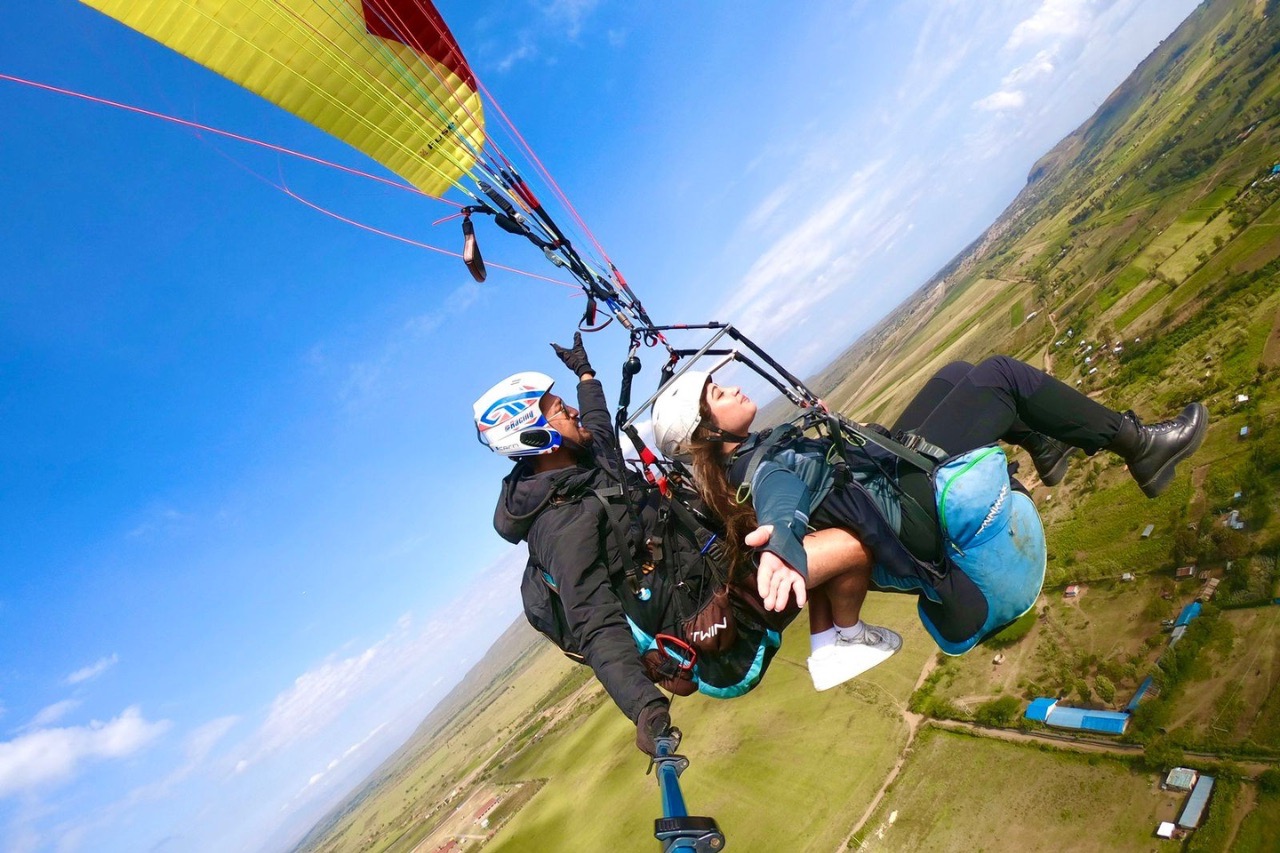INSPIRATION
The Truth About Snakes
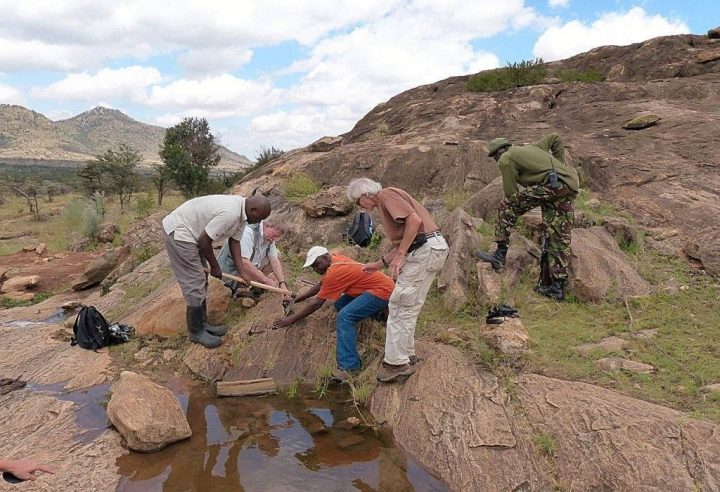
Having had a lifelong fascination with snakes, Stephen Spawls talks to Rupi Mangat about why he continues to travel extensively around East Africa in search of them, despite having lost an index finger to a puff adder many moons ago. He has also worked on several books including the extensive ‘Field Guide to the Reptiles of East Africa’, because “So little was known about them and people wanted to learn.”
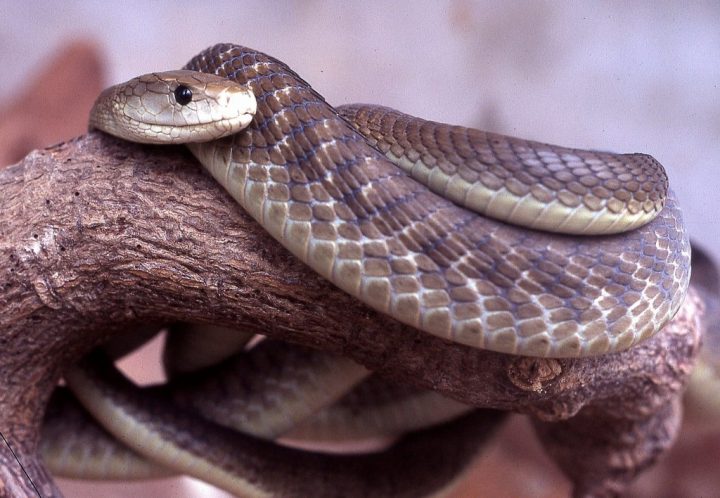
Now living in Norwich in the United Kingdom, he regularly returns to his favourite haunt – Kenya in search of reptiles and amphibians because, as he says, “there is still so much that we don’t know about them.”
What’s your favourite snake?
The puff adder, despite the fact that I lost a finger to one. I like vipers. They are beautiful, fascinating and such efficient killers. Luckily, the one that got me wasn’t so efficient. That was in 1970 at St. Mary’s School where I was a pupil and had brought it to school for an awareness talk on snakes. I don’t have a least favourite snake.
What’s the best place to go looking for snakes in Kenya?
Tsavo and the remote north. It’s big, wild and beautiful.
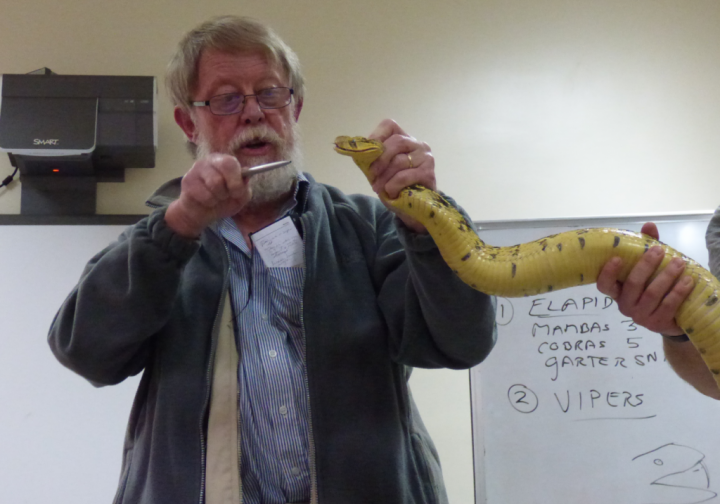
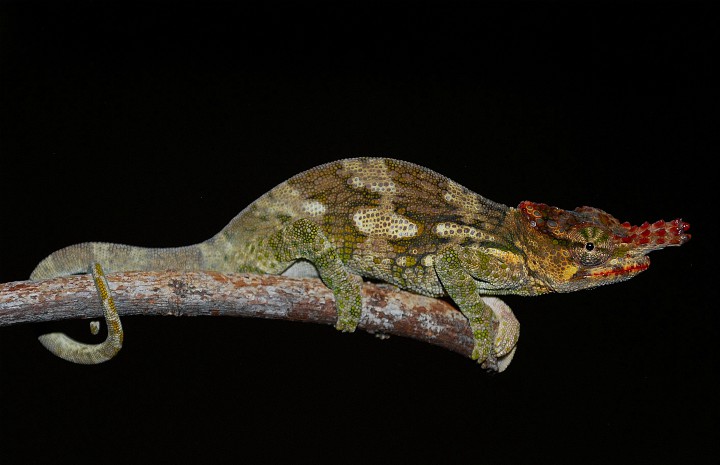
Any exciting recent discoveries?
This April, we found the Chyulu Hills Bladehorned Chameleon that hadn’t been seen in nearly 40 years in the area. The scientific name for the species is Kinyongia tavetana, the Mt Kilimanjaro Two-horned Chameleon. Although it is also found around Mt Kilimanjaro, the Chyulu Hills specimens, being isolated, are probably going to be re-classified as a separate species. They were first located by the Coryndon Museum (now National Museums of Kenya) expedition to the Chyulu Hills in the 1930s. Subsequently one specimen was given to the National Museum in 1981. Since then, several prominent herpetologists have searched for this chameleon in the Chyulu Hills and failed to find it. There was speculation that it might have become extinct, so by managing to find it, we confirm that it is still there.
We also found, at Satao Camp in Tsavo East, the first inland record of a rare Kenyan endemic snake, the Malindi Centipede-eater, Aparallactus turneri.
Steve and the National Museum herpetologists collecting on Laikipia
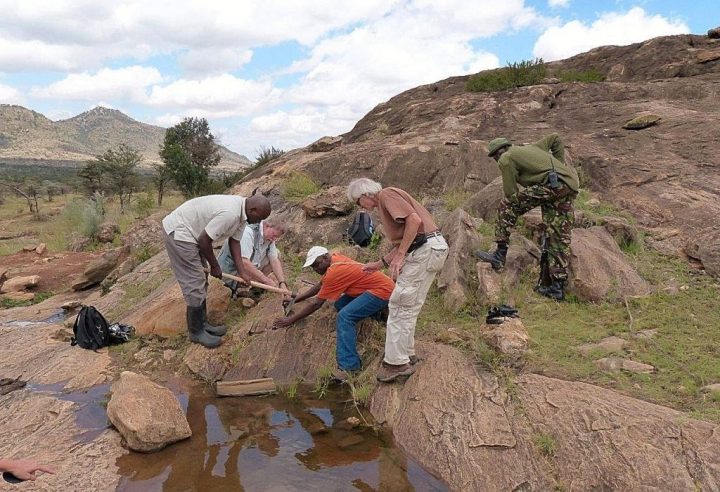
What’s the best anti-venom currently on the market?
A universal anti-venom manufactured in South Africa is the best. It’s polyvalent, meaning it can deal with the most lethal, venomous bites from cobras and mambas. Get it at Kenyatta Hospital in Nairobi or Bio-Ken in Watamu, but should only to have it administered by a qualified medical personnel. It will hopefully soon available in powdered form, meaning it doesn’t have to be stored in a fridge.
How should one go about treating a snake bite?
Get to a hospital ASAP since all bites need medical attention. Don’t go chasing after the snake as it could bite you too, then you’ll have two medical cases instead of one. Traditional treatments rarely work and it is almost impossible to suck the venom out. Electric shock doesn’t help either and may hurt the patient. Leave it to medical professionals.
How should one get a snake out of their car?
Park it in the sun and leave a door open. It will get out because it’s too hot for it.
What’s an amusing incident you’ve witnessed in your career?
In 1970, an expat leaving Kenya came to the museum to find a good home for his pet python that he’d had for over 20 years. James Ashe, the legendary curator of Nairobi Snake Park, tipped out a two-metre long snake from the bag and it turned out to be a puff adder! I asked James why he didn’t tell the owner that it was a puff adder. James said, “You saw how old the man was. He could have had a heart attack here!” In all those years, the supposed ‘python’ had only tried to bite his owner once but the owner was too quick for it.
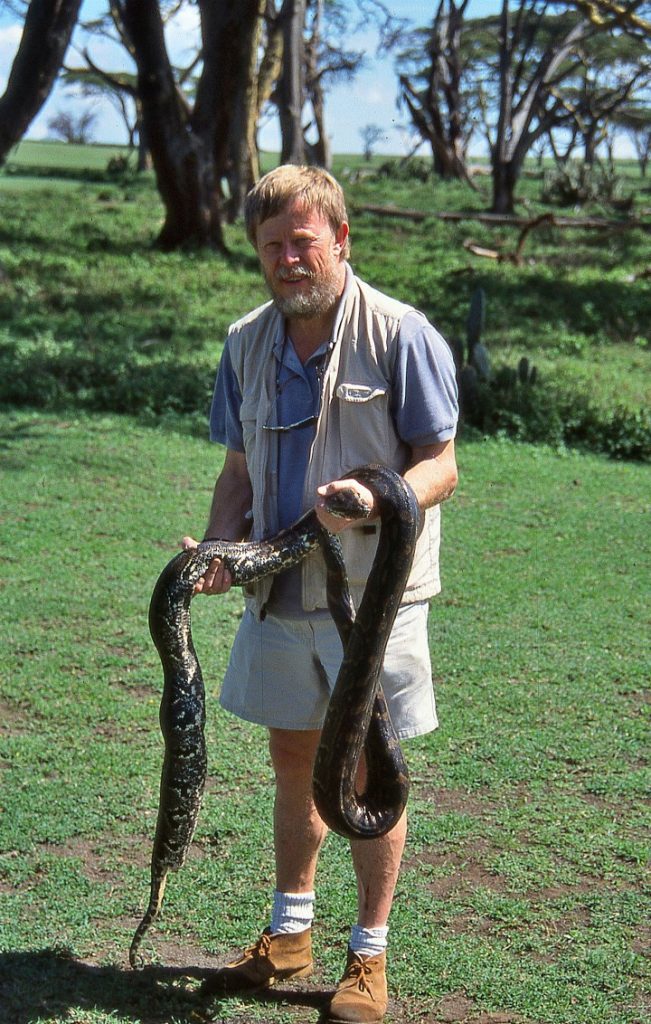
What’s the best way to spot snakes?
If you look carefully you will see it. Carefully try lifting ground cover like logs and rocks. Kenya ‘s beautiful endemics include the Mt Marsabit chameleon, the Mt Kenya bush viper, Mt Kenya hornless chameleon, the Kenya montane viper and a new species, the Ngong Agama Agama hulbertorum only recently described. East Africa has a remarkably rich variety of reptiles, in Africa, second only to the Congo in species numbers.
What would happen in a world without snakes?
There would be a lot more pests. In Thailand, they killed most of their snakes to supply the Chinese food market. This resulted in an explosion of rats that destroyed huge amounts of stored grain.

What’s the biggest threat to Reptiles?
Habitat destruction; many of our rare reptiles and amphibians live in small forests. There is also the illegal trade in exotic pets, and reptiles are easy to smuggle. Let’s hope that no-one decides they want to eat our reptiles and people start catching them for the food trade!
Can you debunk some common misconceptions about snakes?
They don’t attack, except in self-defence. Puff adders, despite their frightening reputation, will often not bite even when stomped on, as proven during an experiment in South Africa. Snakes can’t eat us, and a close encounter between a them and a human nearly always ends in the death of the snake. They can’t move faster than about 10 kmph. There are also no snakes with two heads, although some burrowing snakes have blunt tails that look like tails.
TAGS
Our Top Experiences
SEEN SOMETHING YOU LIKE?
Enquire now and our team will create a custom itinerary tailored to your preferences.

CONTACT
enquiries@nomad.africa
Tel: +254 708 238 738
Purple Nomad Ltd
PO Box 69671 - 00400
Mwanzi Avenue, Nairobi, Kenya


